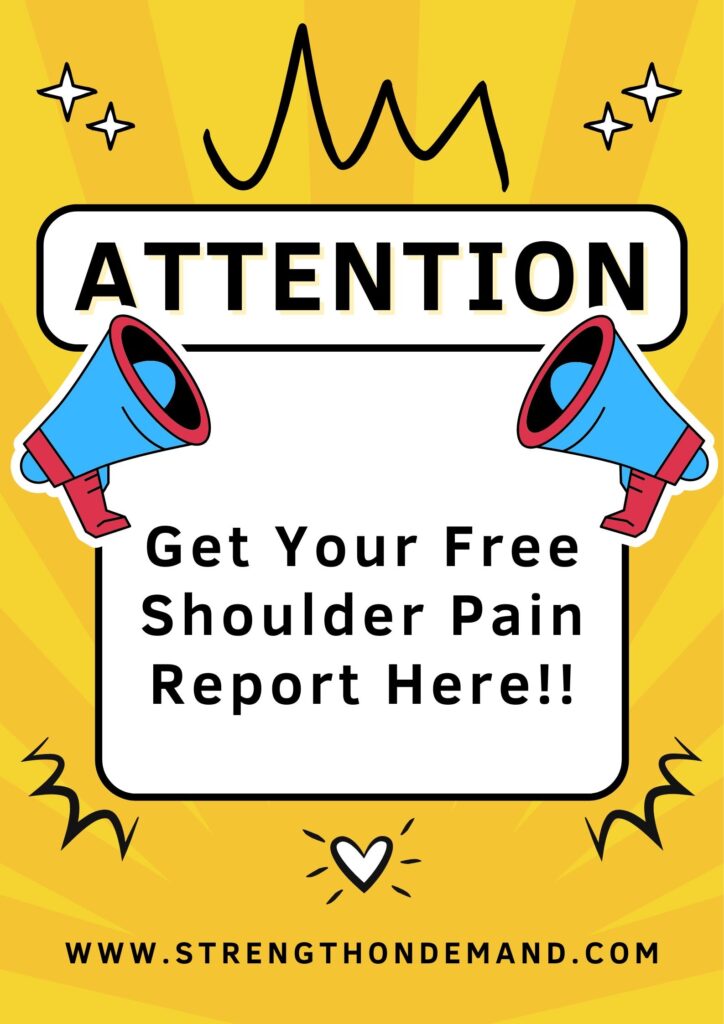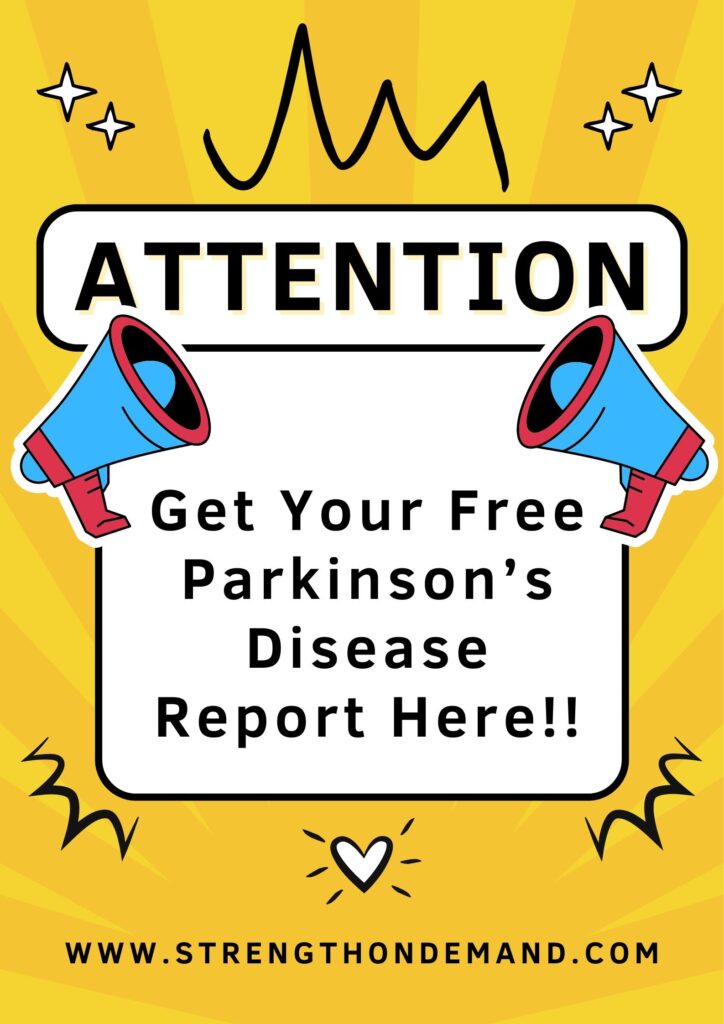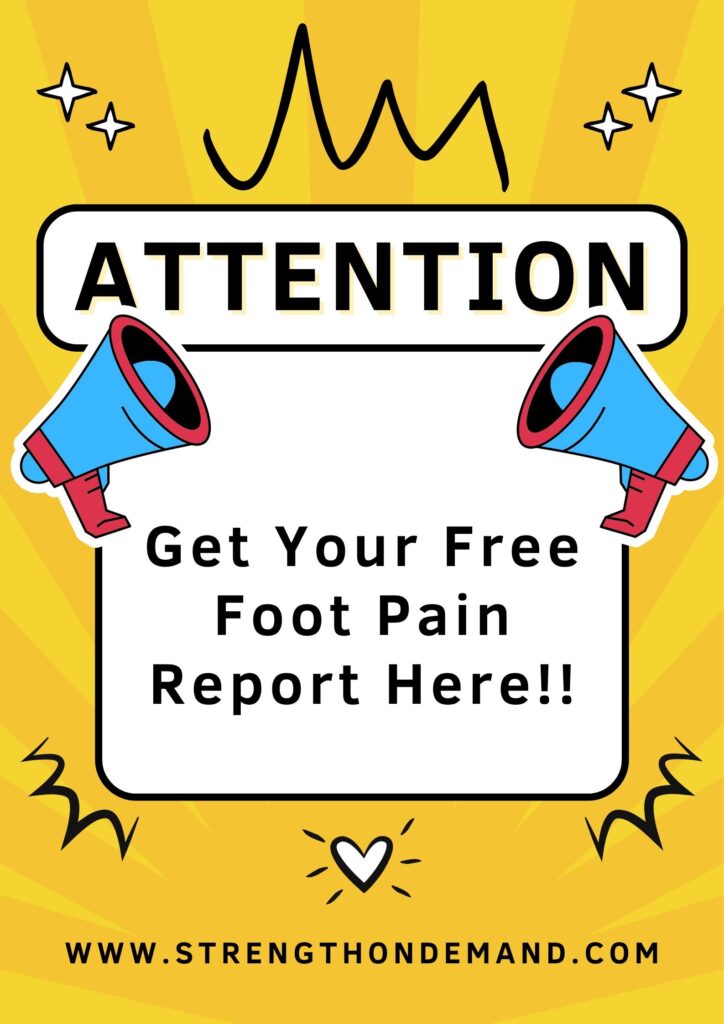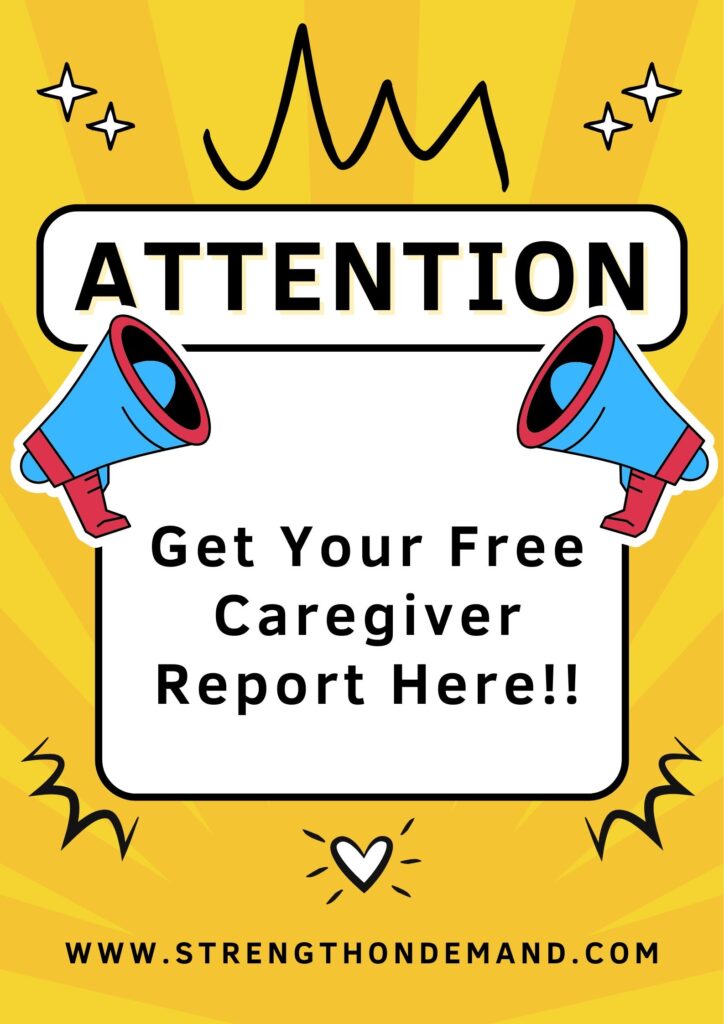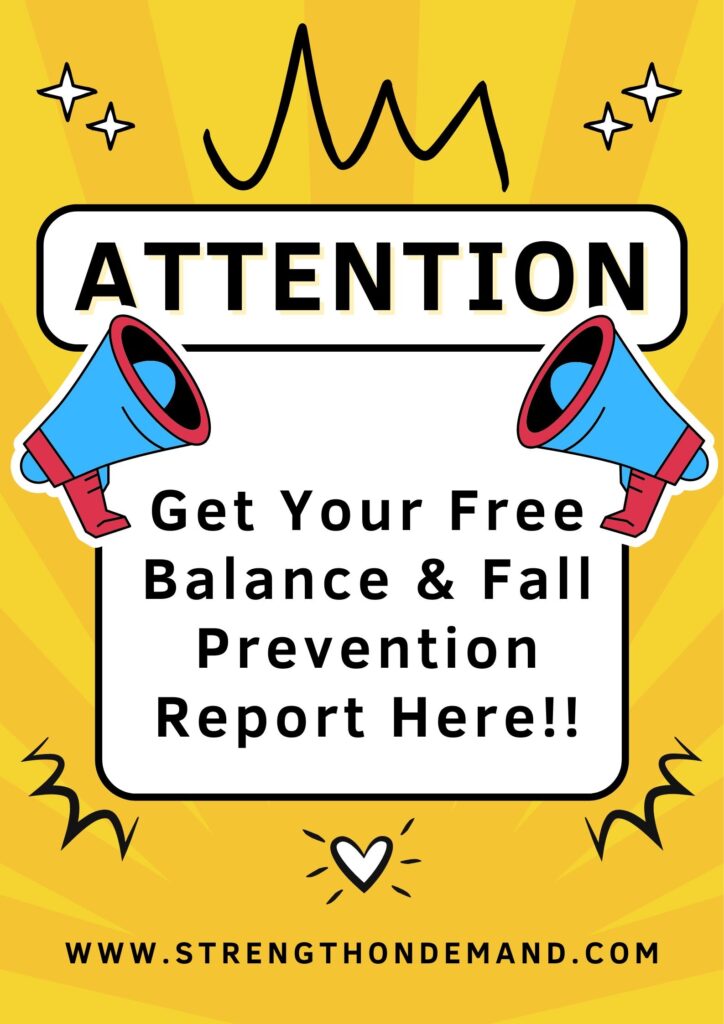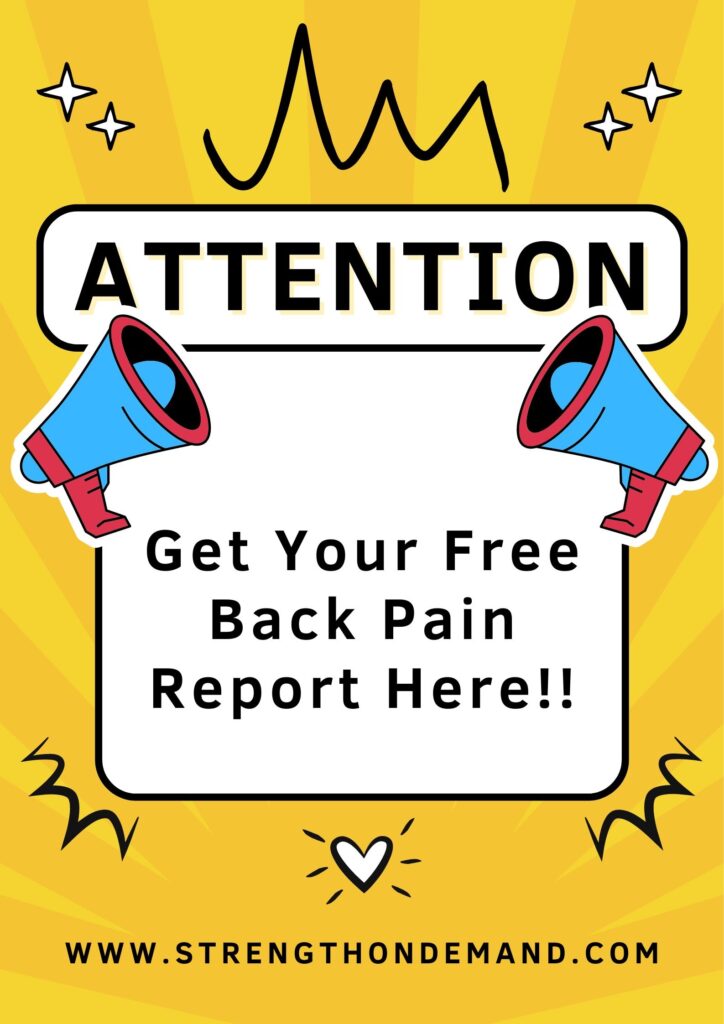What Are Your Triggers?
As a Physical Therapist, most of my patients are suffering or have suffered from lower back pain at least once in their life. I have not only worked with many clients suffering from lower back pain, but also recovered from two herniated discs myself. My number one fear when I started to experience the severe pain was surgery. I was scared to death of needing back surgery. “What if I ended up paralyzed or even worse after surgery?” Thankfully, I have avoided surgery and have made a recovery. I realized that to reduce the pain, I needed to find out what was causing the irritation and remove it. Like the old saying, “Doc, it hurts when I do this…Then don’t do it.” With that, the very first thing I recommend is acknowledging your pain “Triggers.” Pay attention during the day to what positions or movements cause an increase in your pain. Is the pain worse in the morning, or the evening? Does it get worse in standing, sitting or lying down? Keep track on paper so that you or your Physical Therapist can detect patterns. These patterns will guide you in what activities to continue and which activities to avoid or modify. Doing this reduced my pain and allowed for the inflammation and irritation to diminish. As a result, I was able to tolerate more activities throughout the day.
I Just Had Back Surgery, and All I Keep Hearing is B-L-T. What the Heck Does That Mean?!

Usually, immediately following surgery to the lower back, the surgeon will enforce post-operative precautions in order to protect the surgical site and ensure your recovery. B-L-T stands for No Bending, No Lifting, No Twisting. By avoiding these movements of the spine, the surgical site will be protected. You can also expect to receive a hard-shell back brace. It is advised that you ask your surgeon when you can begin to bend, lift, and twist during your rehabilitation process. You should plan on a follow up appointment with your surgeon to occur 10 days after surgery, then 1 month after. During the 4-week visit, you can hope to have some limitations removed so that you can begin more aggressive Physical Therapy as you will want to start leg and core strengthening.
How Can I Improve My Sleep Following Back Surgery?
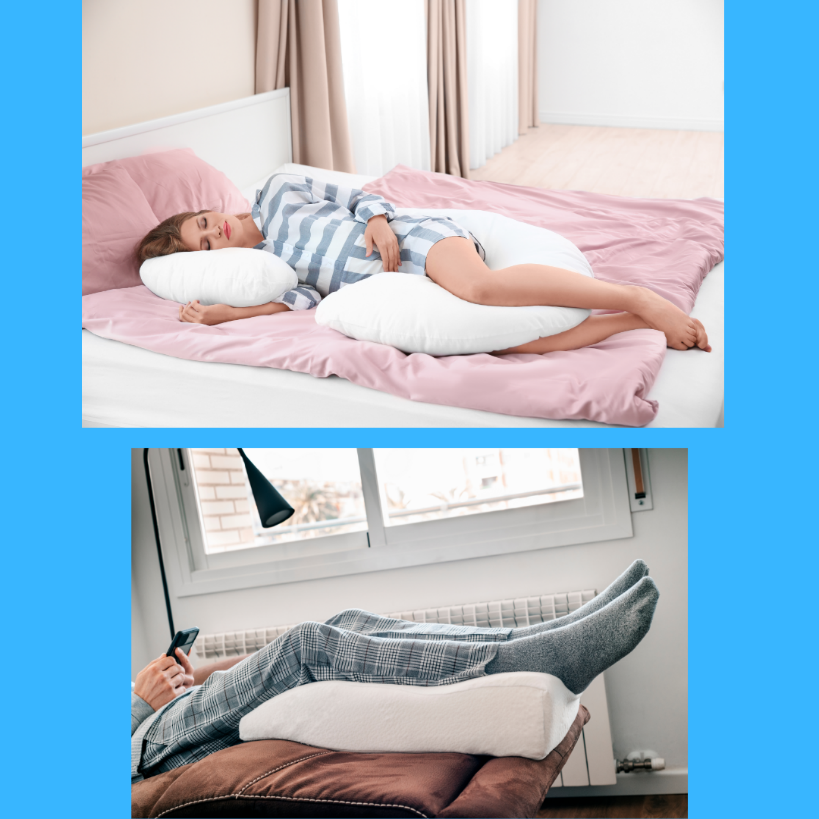
If you sleep on your side, placing a pillow between your knees helps keep the pelvis and lower back in better alignment for a more comfortable sleep. When sleeping on your back, if using an adjustable bed, raise the knees slightly to minimize the extension pressure placed on your spine. If you do not have the ability to adjust the foot of your bed, just place one or two pillows under one or both of your knees to accomplish the same goal.
How Active Should I Be After Back Surgery?

I have found that each surgeon has their own protocol following surgery. Only they know how severe your spine was and how intense the surgery actually was. As a result, some surgeons may have more conservative protocols than others. While one person may be allowed to perform gentle exercises following surgery, another person may only be allowed to walk, without performing any additional exercises for the arms, legs, or core. Most of the post-operative back surgery patients I see on Florida’s Treasure Coast are told to Walk-Walk-Walk! No leg, arm, trunk, or core exercises are to be performed for the first 2-4 weeks following surgery. In this case, their Home Exercise Program should consist of walking short household distances throughout the day. If they watch TV, I have them get up and walk 1 lap in the house during each commercial break (not each commercial). This will not exhaust them as it is only 1 lap in their house, and they get plenty of recovery time before the next commercial break. By the end of the day, the total volume of walking is more than you would expect.
I Want to Start Building My Endurance by Walking in My Neighborhood. What’s The Best Way to Start?

Depending on the weather, I would suggest starting by walking laps inside your house. If you have someone who can safely walk outdoors with you, and it’s not too hot, I always advise keeping your house central. Walk 1 to 2 houses in one direction, then turn around, walk past your house, and go 1 to 2 houses in the other direction. Each week add 1 or 2 more houses on each side of your house. You always want to keep your house central. If you don’t and just walk in one direction, you will have a long way back home, and may not make it home if you are too tired out.
“When You Change the Way You Look at Things, The Things you Look at Change” – Max Planck
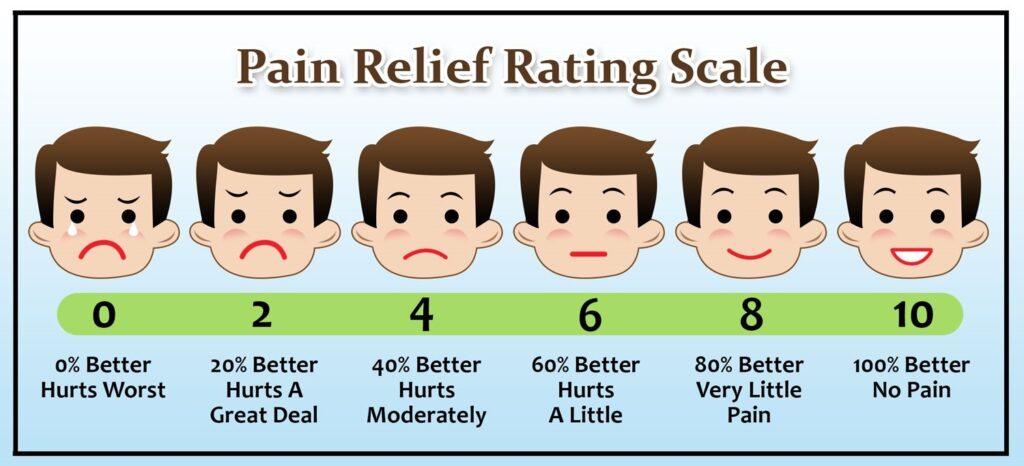
If you are suffering from pain, try not to let it control your life. A big part of your recovery starts in your mind. Every medical professional you see always starts the conversation with, “How much pain are you in?” Instead of focusing on the pain, focus on “How good do you feel today?” Little changes like this will actually
help you look for the positives instead of the negatives throughout your day. Your recovery starts in your mind. If you have made up your mind that you will make a complete recovery, then you most likely will.

